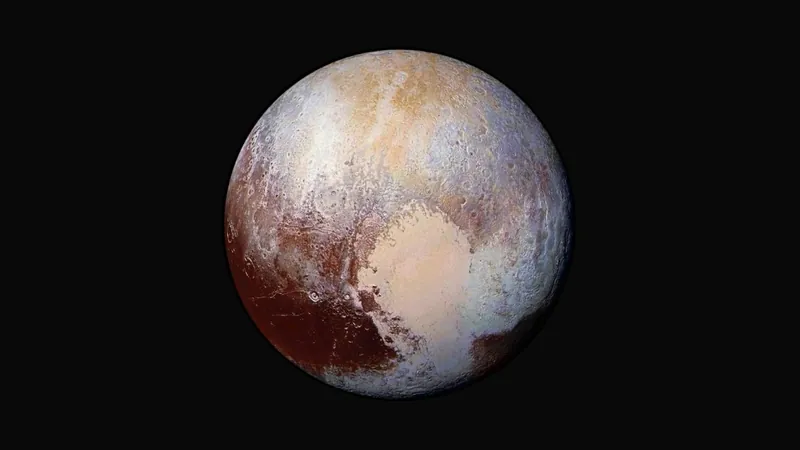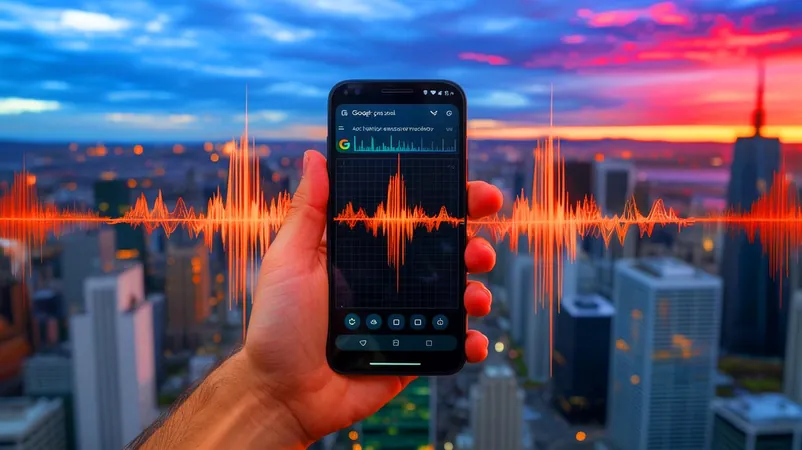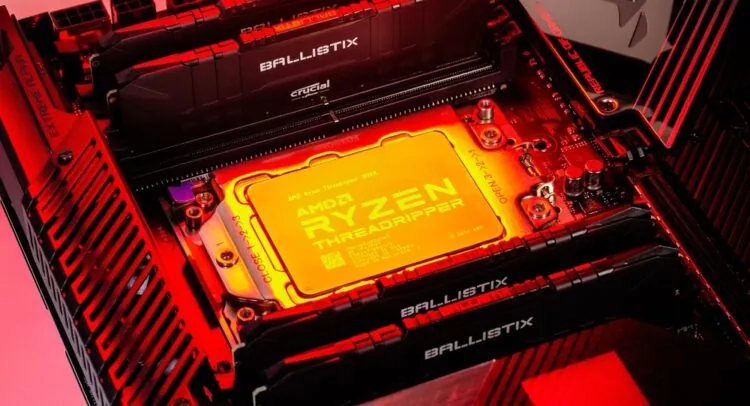
The Long Wait for a Second Encounter with Pluto: What Lies Ahead?
2025-07-15
Author: Wei
A Decade Since New Horizons: Pluto’s Enigmatic Heart Revealed
Ten years ago, NASA's New Horizons spacecraft unveiled Pluto’s stunning and dynamic landscape, a world that continues to intrigue scientists. This remarkable mission provided insights into Pluto that had puzzled astronomers since Clyde Tombaugh discovered it in 1930. Yet, it also raised new questions about how such a vibrant world could exist so far from the Sun.
Challenges Ahead: No Immediate Plans for Return Missions
Fast forward a decade, and the scientific community finds itself in a predicament. Despite the rich archive of over 50 gigabits of data collected during the New Horizons flyby, there are currently no planned missions to revisit Pluto. With budget cuts proposed by the Trump administration threatening NASA's science funding, enthusiasm within the space science community is dwindling.
NASA's Priorities in Uncertain Times
Under normal circumstances, a new Pluto mission could begin development in the next couple of decades, following higher-priority missions like Mars Sample Return and explorations of Uranus and Enceladus. However, current political and budgetary climates cast doubt on these endeavors.
The latest decadal survey from the National Academies prioritized other celestial missions over Pluto, sidelining further exploration of this distant dwarf planet despite a consensus that an orbiter, not just another flyby, is necessary for deeper understanding.
The Case for an Orbiter: What More Can We Learn?
Scientists advocate for a Pluto orbiter mission to answer critical questions about its icy surface, potential subsurface ocean, and active cryovolcanoes. Concepts like the Persephone mission, named after Pluto's mythological counterpart, have been proposed but remain unsubmitted formal proposals. The timeline for such ambitious projects, given current technological and funding challenges, extends into the late 2050s and beyond.
Nuclear-Powered Exploration: A Path to Pluto?
The designs for future Pluto missions often include nuclear propulsion systems to substantially reduce travel time. Both the Persephone mission and the Gold Standard concept envision using advanced nuclear technologies to facilitate a journey that could take as long as 27 years. However, ongoing budget constraints threaten funding for these innovations.
The Road Ahead: A Half-Century or More of Waiting?
Given the financial and logistical obstacles, scientists are bracing for a lengthy wait before Pluto is explored again. Some predict it may be half a century or more before humanity lays eyes on this enigmatic world once more. As they ponder the timeline, many researchers are urging renewed interest in Pluto, hoping its distant and captivating mysteries will eventually be revisited.
In Conclusion: Pluto Awaits Our Return
With its tantalizing secrets yet to be uncovered, the anticipation around a future Pluto mission remains high. The scientific community awaits a time when it can reignite the journey towards understanding one of our Solar System's most alluring planets.



 Brasil (PT)
Brasil (PT)
 Canada (EN)
Canada (EN)
 Chile (ES)
Chile (ES)
 Česko (CS)
Česko (CS)
 대한민국 (KO)
대한민국 (KO)
 España (ES)
España (ES)
 France (FR)
France (FR)
 Hong Kong (EN)
Hong Kong (EN)
 Italia (IT)
Italia (IT)
 日本 (JA)
日本 (JA)
 Magyarország (HU)
Magyarország (HU)
 Norge (NO)
Norge (NO)
 Polska (PL)
Polska (PL)
 Schweiz (DE)
Schweiz (DE)
 Singapore (EN)
Singapore (EN)
 Sverige (SV)
Sverige (SV)
 Suomi (FI)
Suomi (FI)
 Türkiye (TR)
Türkiye (TR)
 الإمارات العربية المتحدة (AR)
الإمارات العربية المتحدة (AR)